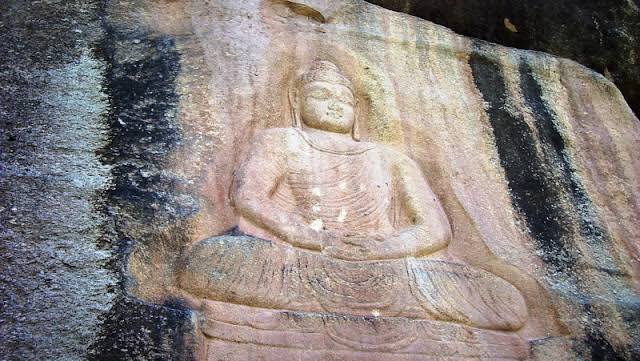Swat Valley: The Cradle of Buddhism
Nestled in the picturesque valley of Swat in Pakistan lies a treasure trove of ancient history – the Buddhist ruins that harken back to a time when Buddhism flourished in this region. Swat, often referred to as the “Switzerland of Pakistan,” not only boasts stunning natural beauty but also a rich cultural heritage. In this blog post, we will embark on a journey to explore the intriguing Buddhist ruins that offer a glimpse into Swat’s glorious past.
Historical Significance
Swat Valley has deep-rooted ties to Buddhism, dating back to the 3rd century BCE. It was an important center for Buddhism and played a pivotal role in the spread of this ancient religion throughout the region. Swat was known as “Uddiyana” in ancient texts and was revered as a sacred land by Buddhists.
The Impact of Gandhara Art
One of the most remarkable contributions of Swat to Buddhist art is the Gandhara school. This artistic tradition blended Greek and Indian influences to create stunning sculptures and architectural marvels that still stand today.
Udegram
Udegram, located near Mingora, is home to a well-preserved Buddhist stupa and monastery. The stupa is a massive structure with intricate carvings and offers a serene atmosphere for reflection and exploration.
Butkara Stupa
The Butkara Stupa is an iconic structure in Swat, known for its unique architectural style and historical significance. It stands as a testament to the region’s strong Buddhist heritage.
Amluk Dara Stupa
Hidden amidst lush green fields, the Amluk Dara Stupa is a hidden gem of Swat. The stupa’s scenic location adds to its charm, making it a must-visit for history and nature enthusiasts alike.
Shingardar Stupa
Shingardar Stupa is another awe-inspiring structure in Swat, boasting intricate carvings and a tranquil ambiance that invites visitors to delve into its history.



